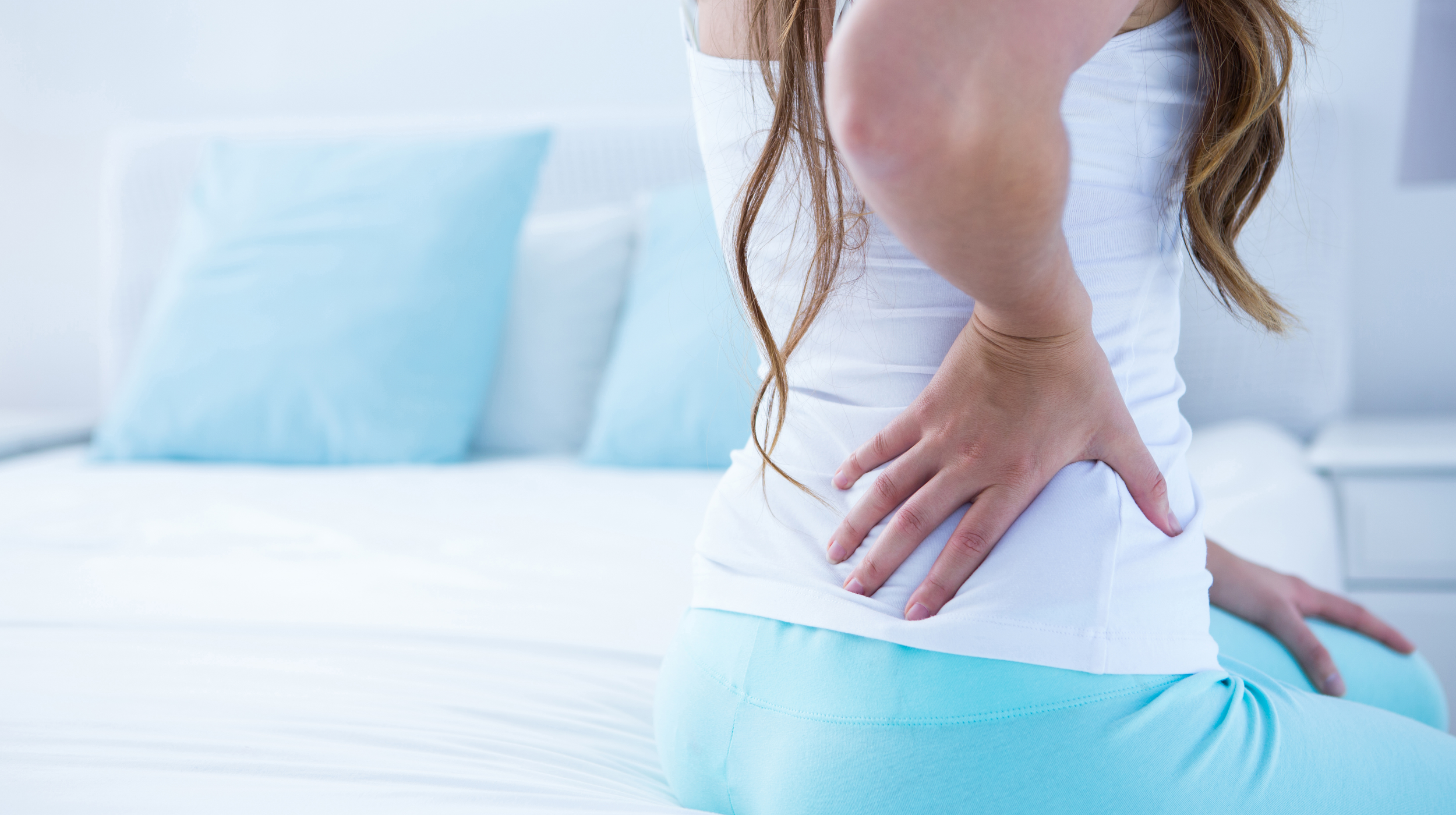How the Psoas Muscle Can Cause Chronic Back Pain
Feb 2, 2021 mindpumpI’m just going to spoil it for you right off the bat… your chronic back pain is probably not from your back! I know, I know. Then what is it from, you ask? One of the biggest reasons people struggle with back pain is due to a tight psoas muscle. If you don’t know what your psoas muscle is, keep reading. And, if you want to learn how to relieve your back pain, then you should really keep reading!
What is your psoas muscle?
The psoas muscle is located in the lower region of your spine. These are the main links between your stomach and legs. Basically, your psoas muscles are so important that you wouldn’t be able to walk without them. This muscle flexes, adducts and rotates. It also allows you to keep your posture by stabilizing the spine.
If your psoas muscle is tight, this can cause a forward pelvic tilt and add excess pressure to your spine and low back. While your body is constantly in a pelvis tilt position, the lumbar spine will start to lose its healthy, natural curve. This will create glute dysfunction, slowly leading to your psoas muscle tightening as a defense mechanism. Think about it…it’s a chain reaction. If your glutes are not working properly, your hips (including the psoas) will become overused to maintain hip stability. Keep in mind that this may not all happen at once and you probably won’t instantly feel it. The pain will accumulate over time.
Here are a few ways the psoas muscles can tighten:
- Inactivity
- Prolonged sitting
- Excess running, sprinting and walking
- Excess stress
Before I advise you on ways you can release your tight psoas muscles, it’s important to note that pain isn’t always just physical. Emotions, stress and traumas get stored in the body. If you are not actively working to relieve your daily and long-term stress, your body will hold a lot of tension, especially in the hips. Find activities you can do that are fun, relieve stress and stick to them!
A few activities you can try to lower stress are:
- Meditate
- Drink a cup of tea and read a book
- Take a walk
- Hike in nature with friends and family
- Take a hot bath with Epsom salts, essential oils and even candles (if you’re feeling fancy)
Okay, now let’s talk about how you can release the psoas muscles physically.
Strengthen your hips by following a mobility routine. You don’t have to follow a super long, difficult mobility routine, but it’s important to stretch and move your hip joints every day. Find a time that works best for you and go through a handful of stretches every day to release tightness. Watch this video on how to fix anterior pelvic tilt! For a long term solution, make sure you check out Maps Prime and Prime Pro for a customized plan to improve mobility and overcome pain.
Try not to sit for extended periods. We know this might be difficult especially if you work from home or work in front of a computer all day. But think about it… when you drive to work, you sit. While you’re working, you probably have to sit. Then you sit more on the drive home and most people go from work to the couch when they get home. That’s a whole lot of sitting! Take breaks during work to do a light walk or stretch. Stretch when you wake up or right before you go to bed. You can even look into buying a standing desk, if it holds you more accountable to sit less.
Strength train. Don’t overdo the excessive running and sprinting. Instead, make sure you are doing strength resistance training for at least 30 minutes a few times a week. It’s important to build your muscles to keep your body strong and stable.
As you can see, there are several factors that can contribute to chronic back pain. Don’t forget to watch your posture, improve your mobility and find natural techniques to lower your stress levels.







